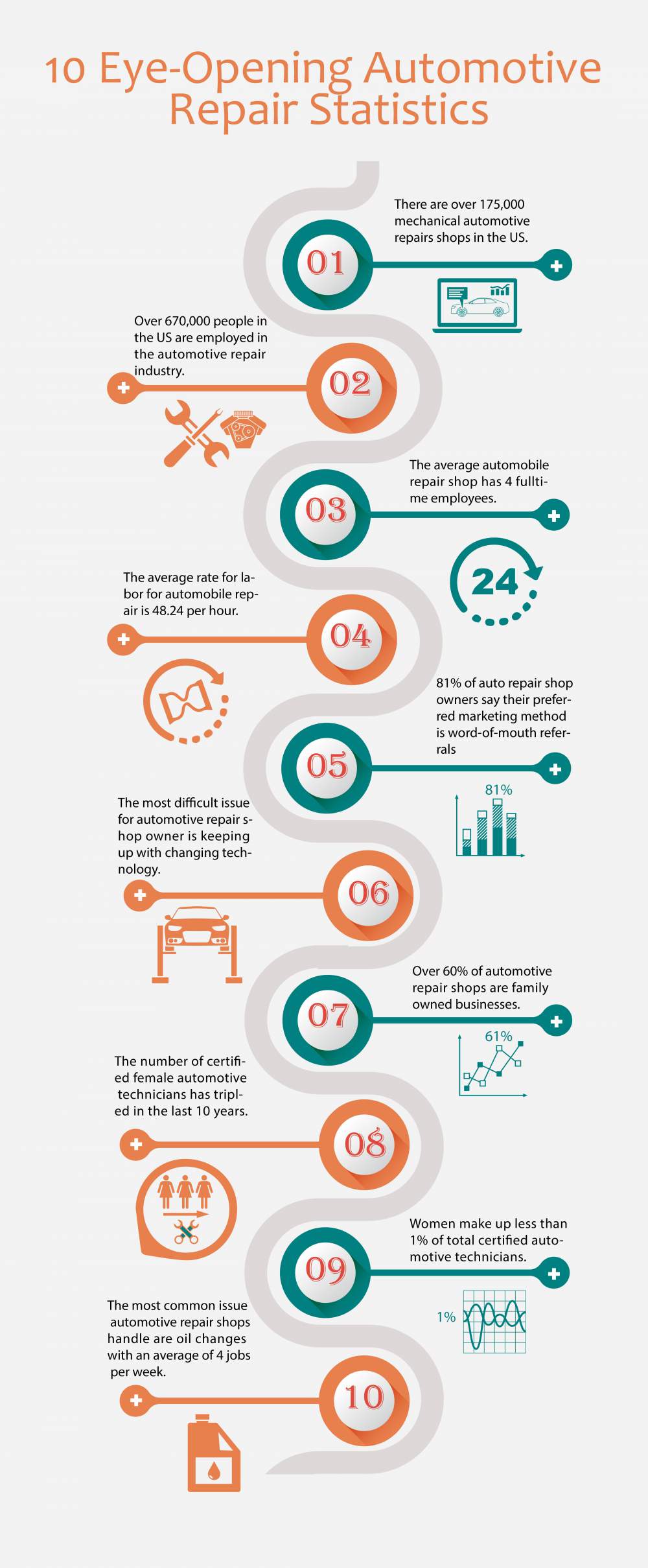Grasping The Importance Of Your Car'S Warning Signals: What They Really Stand For
Grasping The Importance Of Your Car'S Warning Signals: What They Really Stand For
Blog Article
Web Content Writer-Sykes Corbett
When you're behind the wheel, those glowing warning lights on your dashboard can be a little bit puzzling. Do you understand what they're attempting to tell you regarding your car's health and wellness? Recognizing the relevance of these lights is important for your security and the durability of your lorry. So, the next time among those lights turns up, would not you want to decode its message properly and take the necessary steps to address it?
Common Warning Lights and Interpretations
Determine usual warning lights in your cars and truck and understand their meanings to make sure secure driving.
One of the most typical caution lights consist of the check engine light, which signals issues with the engine or discharges system. If this light begins, it's important to have your car checked promptly.
The oil pressure warning light suggests low oil stress, needing prompt interest to avoid engine damages.
A flashing battery light might suggest a faulty billing system, potentially leaving you stranded otherwise addressed.
The tire pressure monitoring system (TPMS) light alerts you to reduced tire pressure, impacting vehicle security and fuel effectiveness. Overlooking mouse click the up coming article can cause hazardous driving conditions.
The ABS light shows an issue with the anti-lock stopping system, compromising your ability to quit swiftly in emergency situations.
Lastly, the coolant temperature alerting light warns of engine getting too hot, which can lead to severe damage if not fixed quickly.
Recognizing these usual caution lights will help you attend to issues promptly and maintain secure driving conditions.
Importance of Prompt Interest
Understanding the typical warning lights in your vehicle is just the initial step; the significance of immediately dealing with these cautions can not be highlighted enough to ensure your safety and security when traveling.
When a caution light brightens on your dashboard, it's your vehicle's method of interacting a potential issue that requires attention. Overlooking these cautions can result in much more extreme issues in the future, endangering your security and possibly costing you more in repairs.
Motivate focus to cautioning lights can stop break downs and crashes. As an example, a blinking check engine light might suggest a misfire that, if left neglected, can cause damage to the catalytic converter. Addressing this quickly can save you from a costly repair work.
In a similar way, a brake system warning light may signify reduced brake fluid or used brake pads, crucial elements for your safety and security when driving.
DIY Troubleshooting Tips
If you see a warning light on your control panel, there are a few DIY fixing pointers you can attempt before looking for specialist help.
The very first step is to consult your cars and truck's manual to understand what the particular warning light suggests. In some cases the issue can be as simple as a loosened gas cap activating the check engine light. Tightening the gas cap might resolve the trouble.
Another typical concern is a reduced battery, which can trigger various warning lights. Examining the battery connections for corrosion and guaranteeing they're protected may fix the problem.
If a caution light continues, you can try resetting it by separating the vehicle's battery for a few minutes and afterwards reconnecting it. In addition, examining your lorry's liquid levels, such as oil, coolant, and brake liquid, can aid fix cautioning lights connected to these systems.
Verdict
In conclusion, understanding your vehicle's caution lights is essential for maintaining your lorry running smoothly and securely. By immediately dealing with https://www.seattletimes.com/seattle-news/some-auto-repair-shops-arent-what-they-used-to-be-and-thats-a-good-thing/ and understanding what they indicate, you can avoid costly fixings and potential break downs.
Remember to consult your auto's handbook for particular information on each alerting light and take action appropriately to make certain a trouble-free driving experience.
Stay educated, stay secure on the road!
